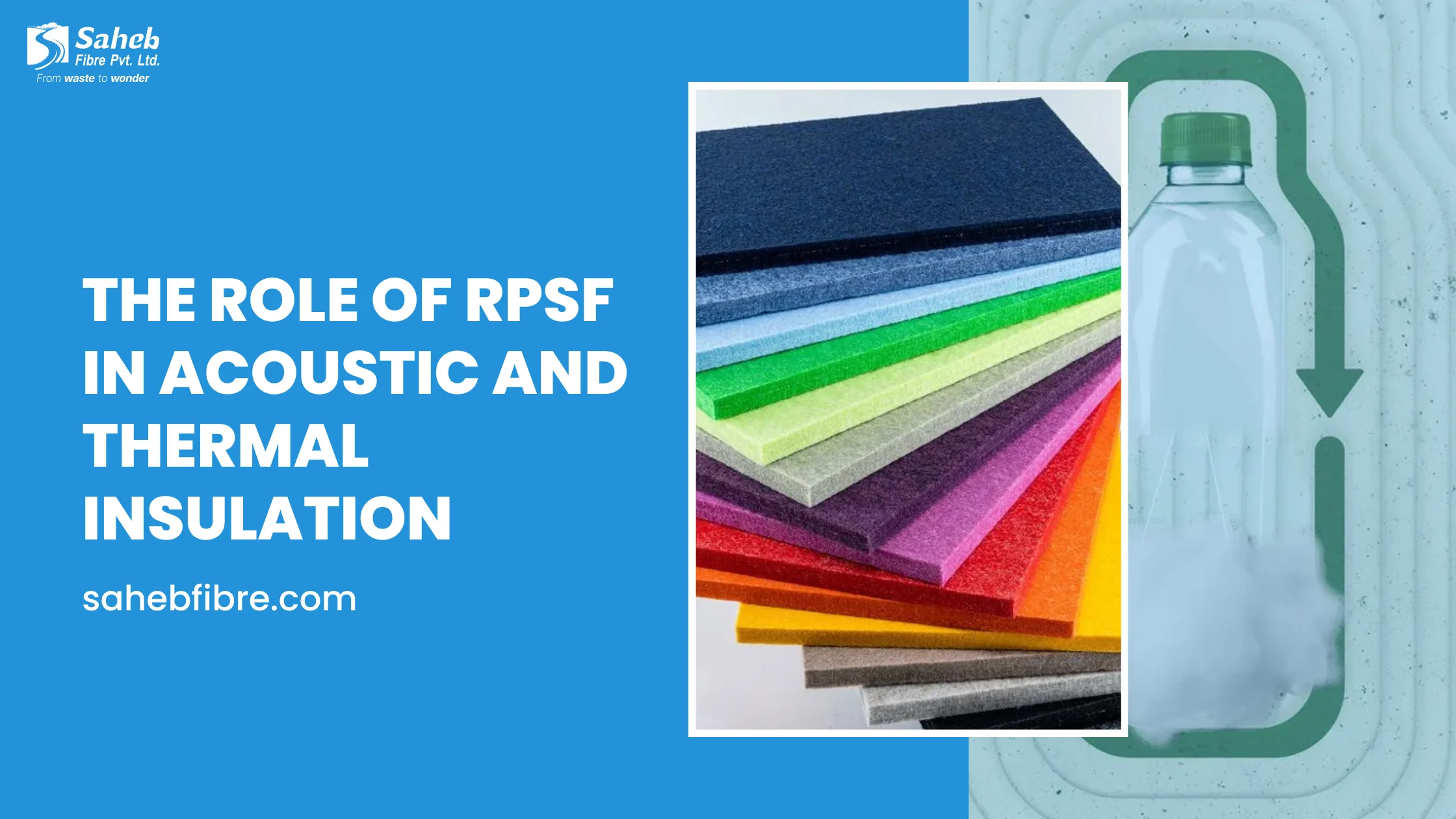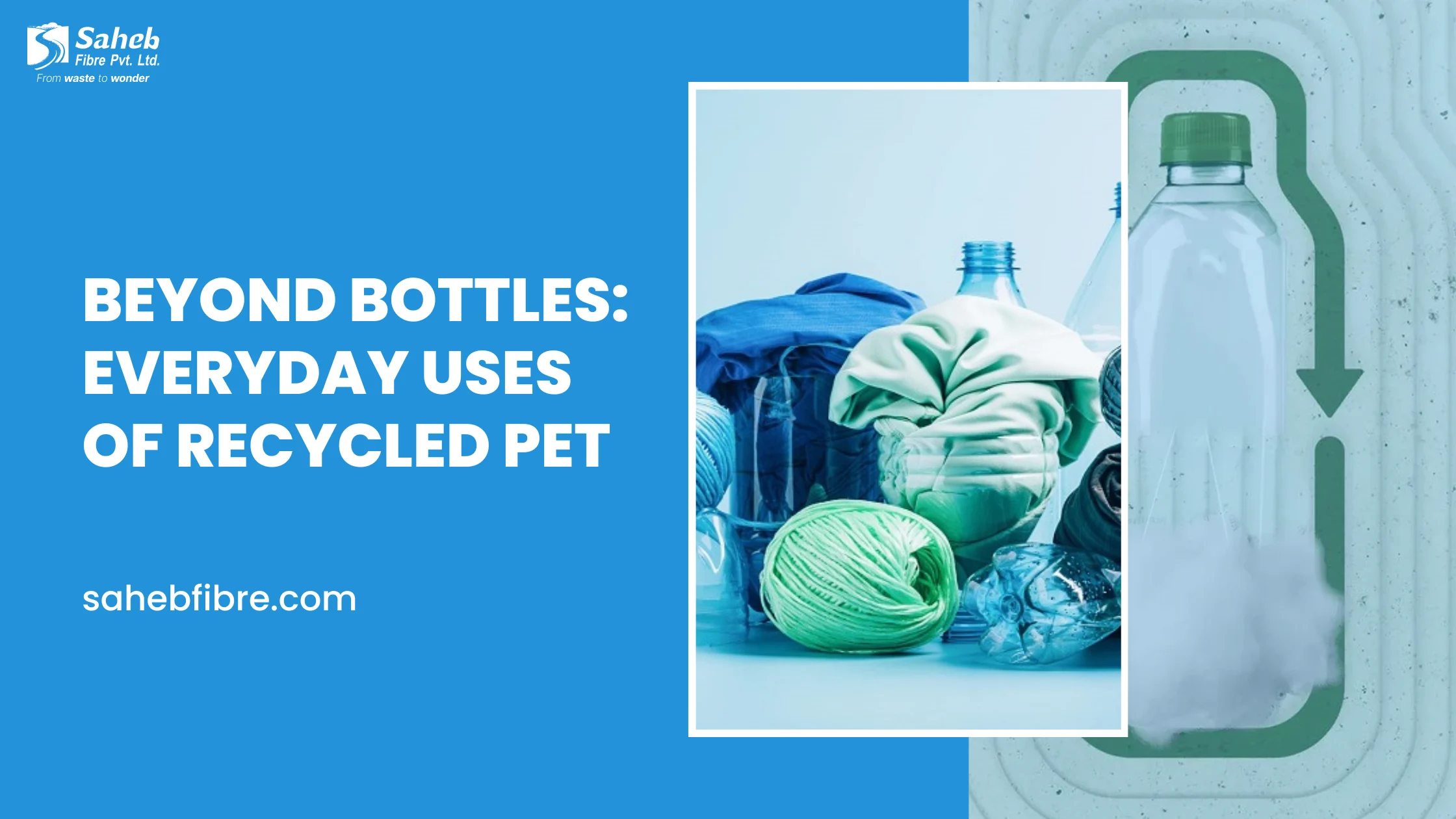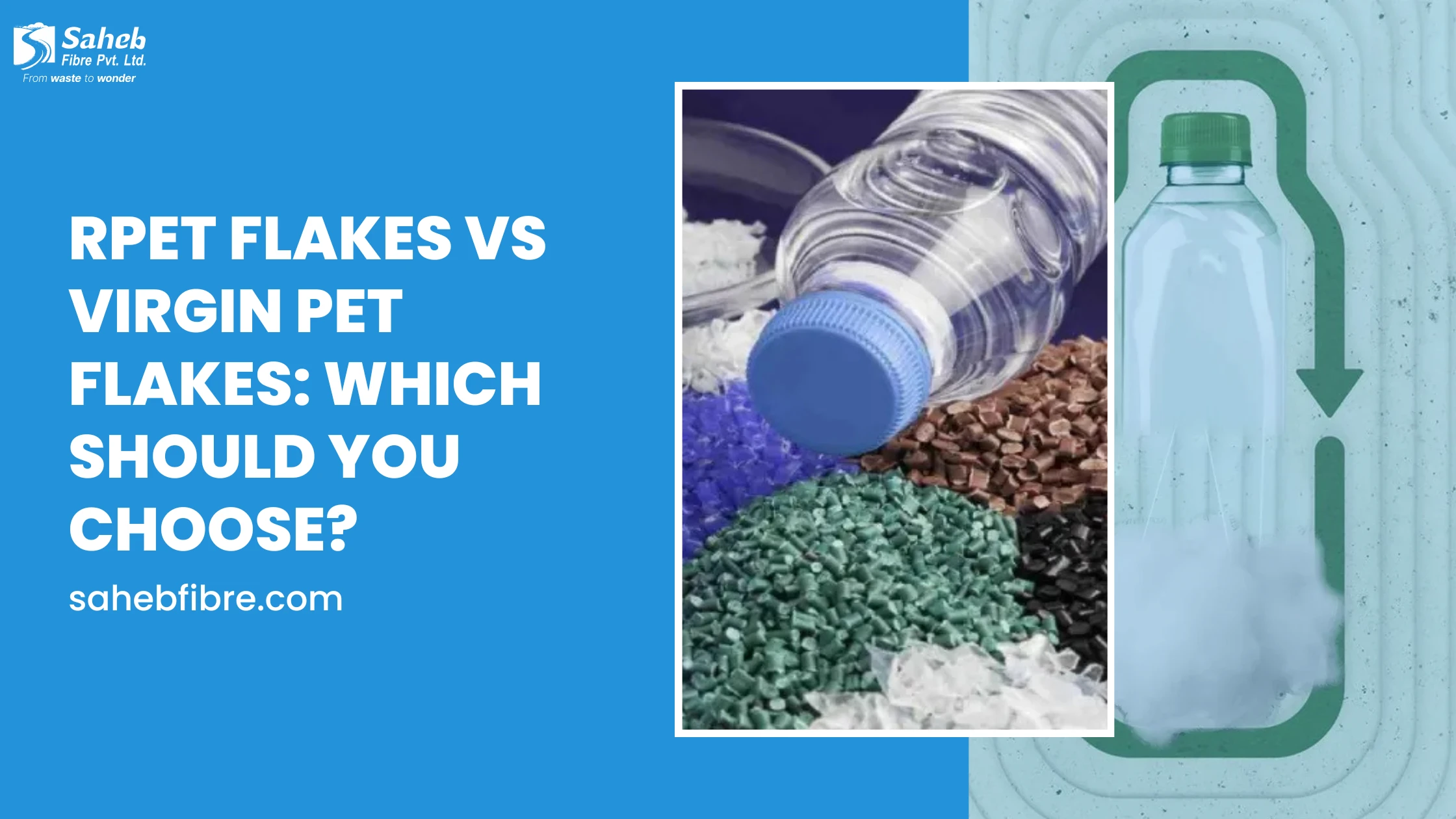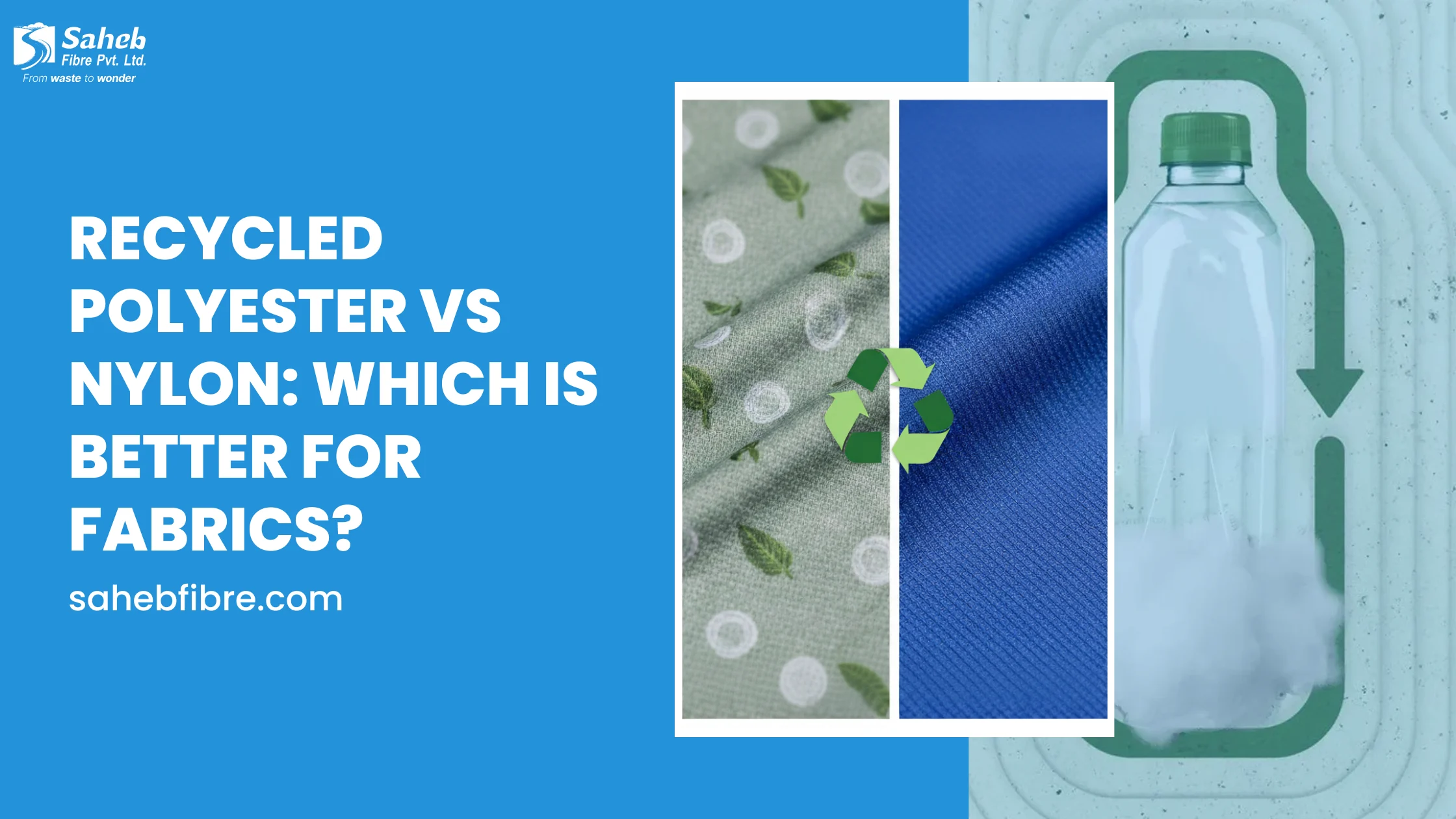
Introduction
In the evolving world of sustainable fashion, the debate between recycled polyester and nylon is gaining momentum, as both materials are widely used in eco-friendly clothing and accessories. Understanding the differences between them can help designers, manufacturers, and consumers make informed choices that balance performance, cost, and environmental responsibility. This article explores the characteristics, environmental benefits, and practical applications of recycled polyester and nylon, guiding you to select the fabric that best aligns with your needs.
What Is Recycled Polyester?
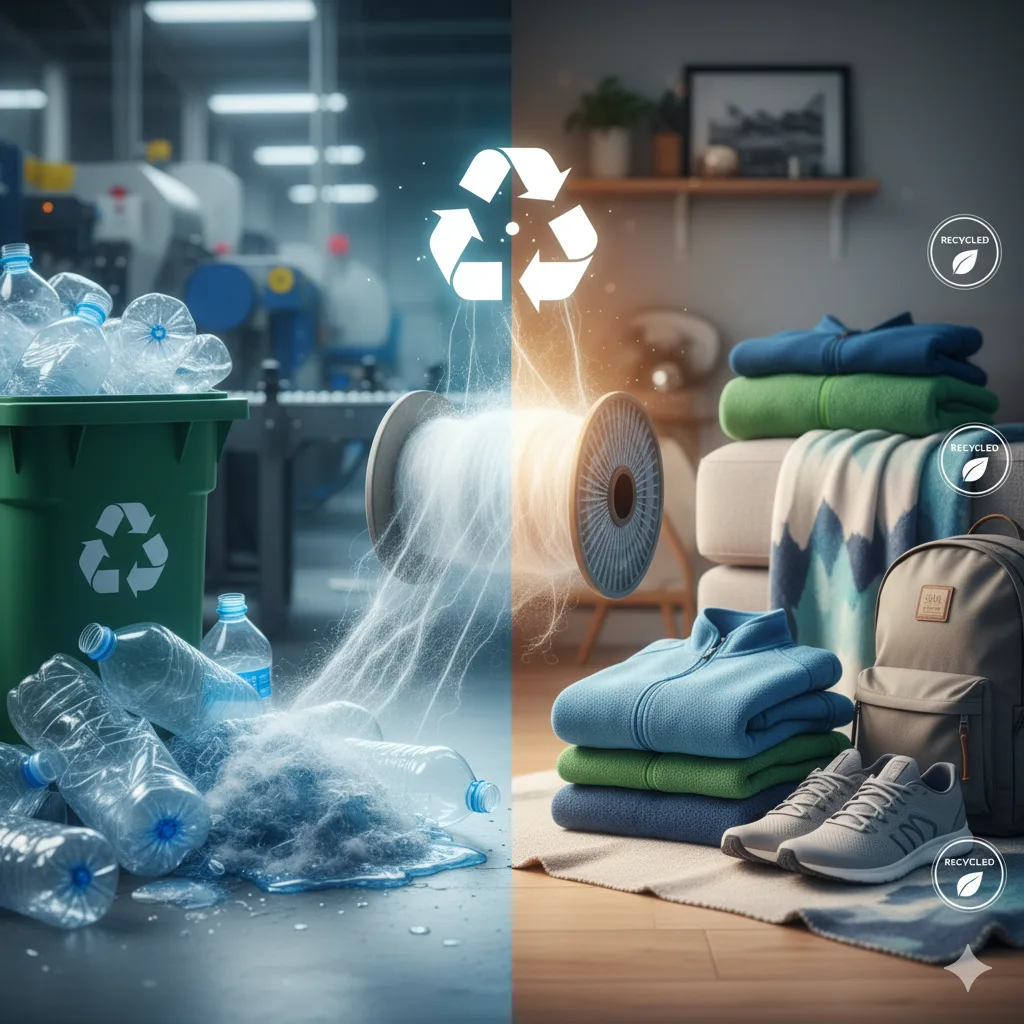
Recycled polyester fiber is created by converting post-consumer plastic bottles into high-quality textile fibers, which are widely used in sustainable clothing and home textiles. This process not only reduces the need for virgin polyester, which is petroleum-based, but also conserves energy and lowers greenhouse gas emissions. Modern recycling technologies allow recycled polyester fabric to maintain durability, softness, and vibrant colors, making it suitable for both fashion and home textiles. Many brands are now replacing virgin polyester with recycled poly to reduce environmental impact without compromising durability or comfort.
What Is Recycled Nylon?
Recycled nylon is made from waste materials including discarded fishing nets, fabric scraps from manufacturing, and other industrial plastic waste. It undergoes processes that regenerate nylon fiber without compromising its strength, elasticity, or texture. Nylon recycling reduces landfill accumulation and decreases reliance on energy-intensive virgin nylon production. Leading companies use recycled nylon extensively in activewear, swimwear, and premium accessories, demonstrating its value in the circular fashion economy. Recycled nylon cloth material offers excellent tensile strength and elasticity, making it a preferred choice for activewear and high-stress applications
Recycled Polyester vs Nylon: Key Differences
|
Feature |
Recycled Polyester |
Recycled Nylon |
|
Source Material |
Post-consumer PET bottles |
Discarded fishing nets, fabric scraps, industrial waste |
|
Durability |
Good resistance to abrasion |
Superior strength and elasticity |
|
Water Resistance |
Excellent moisture-wicking and quick-drying |
Absorbs more water, longer drying time |
|
UV Resistance |
Better UV stability, less prone to fading |
Prone to fading and degradation under UV exposure |
|
Environmental Impact |
Lower carbon footprint due to established recycling infrastructure |
Higher energy requirements for recycling processes |
When deciding between nylon v polyester, it’s important to consider factors such as water resistance, UV stability, and the intended use of the fabric.
Durability and Strength
- Recycled Polyester: Offers strong durability with high resistance to abrasion, making it suitable for everyday wear, outerwear, and casual clothing that requires long-lasting performance.
- Recycled Nylon: Known for exceptional tensile strength and flexibility, recycled nylon is ideal for applications requiring robust, stretchable fabrics like performance gear, bags, and swimwear.
Water Resistance
- Recycled Polyester: Naturally repels water, dries quickly, and retains its shape even after repeated washing, making it excellent for raincoats, jackets, and outdoor gear.
- Recycled Nylon: Absorbs more water compared to polyester, which can increase drying time and may cause slight stretching when wet, though treatments can improve water resistance for activewear or swimwear.
UV Resistance
- Recycled Polyester: Offers superior resistance to UV rays, helping fabrics maintain their color, integrity, and strength under prolonged sun exposure.
- Recycled Nylon: More susceptible to fading and material degradation when exposed to strong sunlight over long periods, which is an important factor for outdoor applications.
Environmental Impact
- Recycled Polyester: Requires less energy and raw materials than virgin polyester, resulting in a lower carbon footprint, while diverting plastic bottles from landfills and oceans.
- Recycled Nylon: Reduces reliance on new nylon production, though recycling infrastructure is more limited, and energy requirements for regeneration can be higher compared to polyester. Choosing the right nylon fabric material can impact both durability and environmental footprint, especially when opting for recycled nylon
Which Fabric Is More Sustainable?
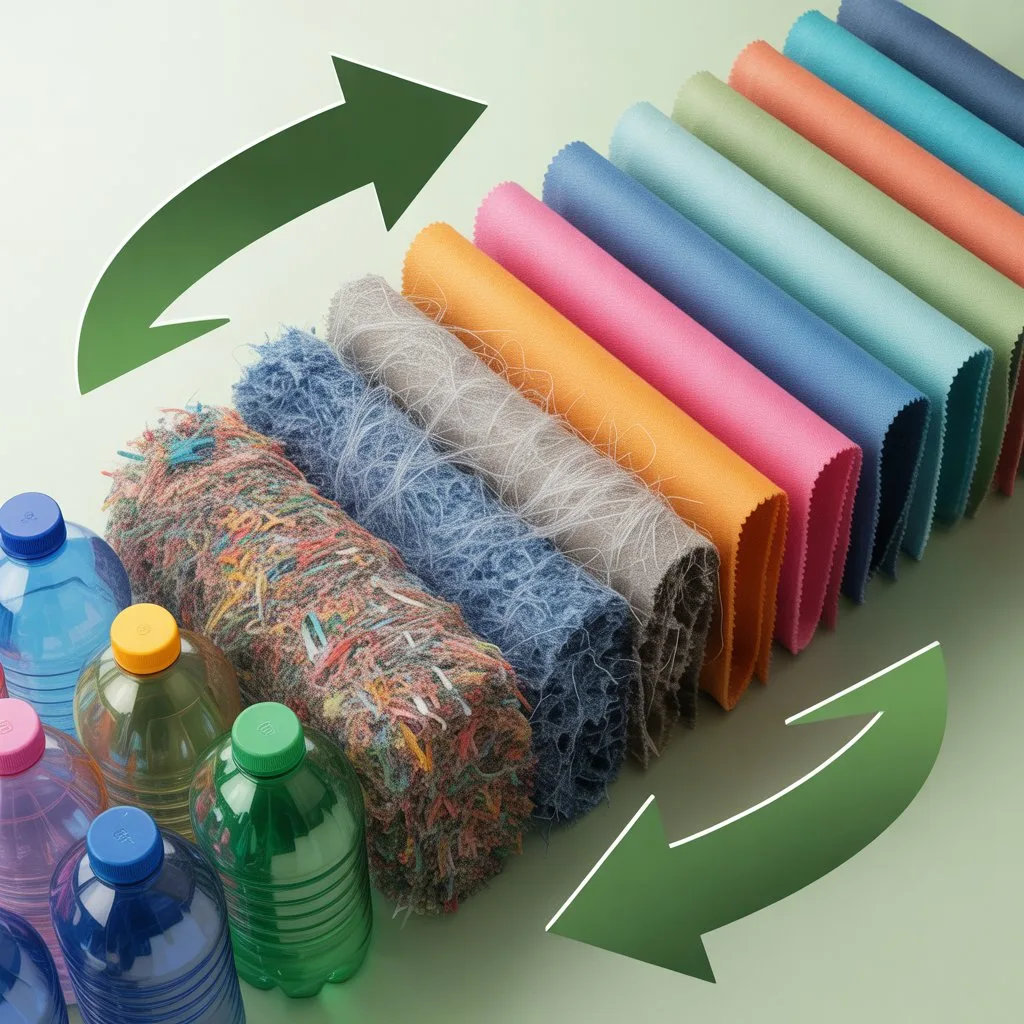
Both recycled polyester and recycled nylon are better for the environment compared to their virgin counterparts. Recycled polyester, however, has a more established recycling infrastructure, allowing it to be produced at scale and integrated easily into mainstream fashion. Recycled nylon, while highly effective in reducing waste and promoting circularity, is less common and often more expensive to produce. Choosing either fabric depends on balancing sustainability goals, product performance, and availability. By turning waste bottles into recycled plastic fabric, manufacturers are closing the loop in fashion, reducing landfill waste, and promoting circular textile production
Applications of Recycled Polyester and Nylon
Recycled Polyester Applications
- Activewear: Excellent moisture-wicking and quick-drying properties make it ideal for gym wear, yoga clothing, and sports apparel.
- Outerwear: Jackets, raincoats, and lightweight windbreakers benefit from polyester’s water resistance and durability. Recycled polyester clothing has gained popularity among eco-conscious consumers who want stylish apparel made from sustainable materials
- Home Textiles: Recycled poly fabric is highly versatile, making it ideal for activewear, outerwear, and even upholstery that demands durability and eco-friendliness.
Recycled Nylon Applications
- Luggage and Bags: The fabric’s strength and elasticity make it suitable for backpacks, travel bags, and heavy-duty gear.
- Swimwear and Activewear: Nylon fiber’s stretch and comfort provide ideal support for swimsuits, wetsuits, and performance leggings.
- Performance Gear: Items requiring high stress-resistance, such as climbing gear or professional sportswear, utilize recycled nylon for enhanced durability.
How to Choose Between Recycled Polyester and Nylon
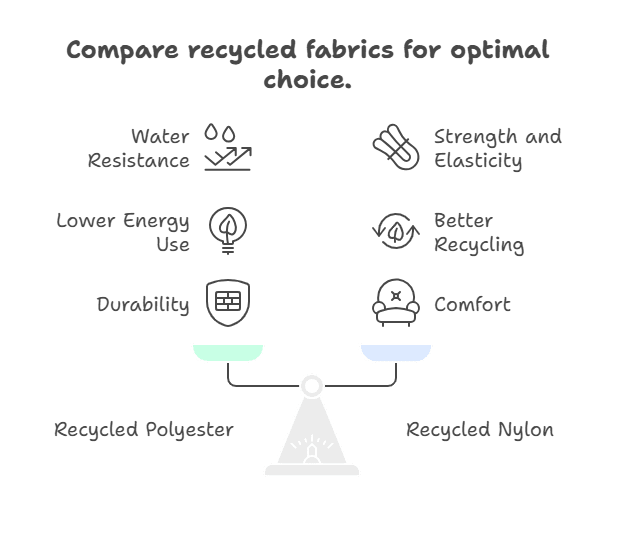
When deciding between recycled polyester and nylon, consider the following:
- Purpose of the Fabric: Determine whether your application requires strength, elasticity, water resistance, or UV protection.
- Sustainability Priorities: Evaluate recycling practices, production energy use, and environmental impact of the fabric.
- Performance Needs: Assess durability, comfort, and functional requirements for the intended clothing or textile product.
By carefully weighing these factors, you can select the most suitable fabric for your project while supporting sustainability initiatives.
Saheb Fibre - Leading Manufacturer of Recycled Polyester Staple Fibre
Saheb Fibre Pvt. Ltd. is India's largest manufacturer of Recycled Polyester Staple Fibre (RPSF), rPET Flakes, and colored RPSF, with a daily production capacity of 87.5 tons. The company recycles over 97 million PET plastic bottles every day, transforming them into high-quality RPSF suitable for various applications, including textiles, garments, and upholstery. Their commitment to sustainability is reflected in their rigorous manufacturing processes and adherence to quality standards
Best Quality Recycled PET Products
Conclusion
Recycled polyester and nylon each offer significant benefits in terms of sustainability, performance, and versatility. Recycled polyester excels in water resistance, UV protection, and widespread availability, while recycled nylon is unmatched in strength, elasticity, and high-performance applications. By understanding their unique characteristics, manufacturers, designers, and consumers can make informed choices that meet both environmental and functional objectives. Incorporating these recycled fabrics contributes to a circular fashion ecosystem and a more sustainable future.
FAQs
Q1: What is the difference between recycled polyester and recycled nylon?
Recycled polyester is derived from plastic bottles and post-consumer waste, while recycled nylon comes from fishing nets, fabric scraps, and industrial waste. Both reduce landfill waste and lower the environmental impact of clothing production.
Q2: Which fabric is more eco-friendly, recycled polyester or nylon?
Recycled polyester has a larger recycling infrastructure, making it more accessible and widely used, though both fabrics are far more sustainable than virgin alternatives.
Q3: Can recycled polyester and nylon be recycled again?
Yes, both fabrics can be recycled multiple times, though technologies differ. Ongoing advancements improve the efficiency and scalability of recycling these fibers.
Q4: Are there brands using recycled polyester or nylon?
Yes, brands like Ganni and Stella McCartney actively use recycled polyester and nylon in their collections, supporting circular fashion initiatives and eco-conscious manufacturing.
Q5: Which fabric is better for outdoor gear, recycled polyester or nylon?
Recycled polyester is preferred for outdoor gear due to superior UV and water resistance, but recycled nylon remains a choice for items needing high tensile strength and durability.
- Beta
- Beta
- Beta
